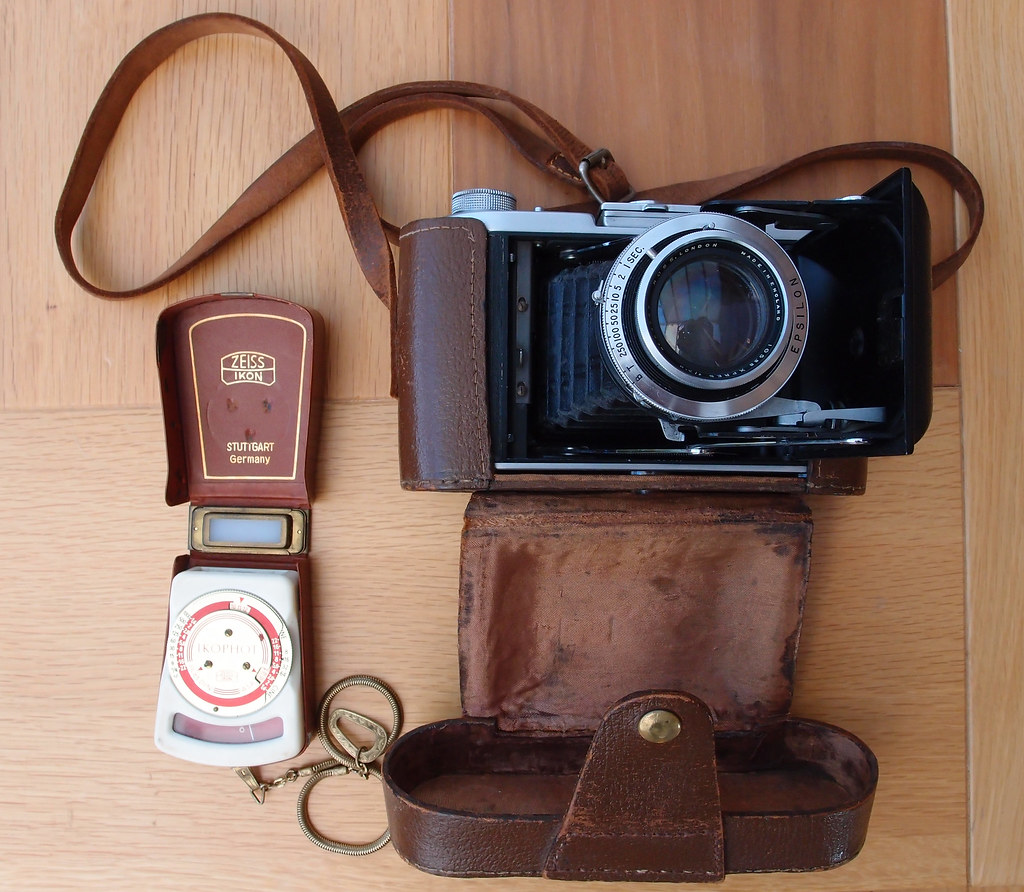I am more gut feeling shooter. It's like this feeling, I could walk down the street and just put on the brakes and take the shot or notice there is something there and wait for it Same thing when I am editing, I just following my gut feeling.
The technical side is a given these days, it's like driving, once you have driven for a while you just don't stall anymore.
Or think about what you're doing when you have to change gear! I taught both my kids to drive and that was the 'hardest' bit for them. I wouldn't let them drive my automatic until they're mastered gear changes with manual transmission. Much moaning, 'but how do you know when to change gear?' Answer, 'you'll know, you just feel it...' They did, it just clicked.


 .
.
 Camera and light meter 3
Camera and light meter 3